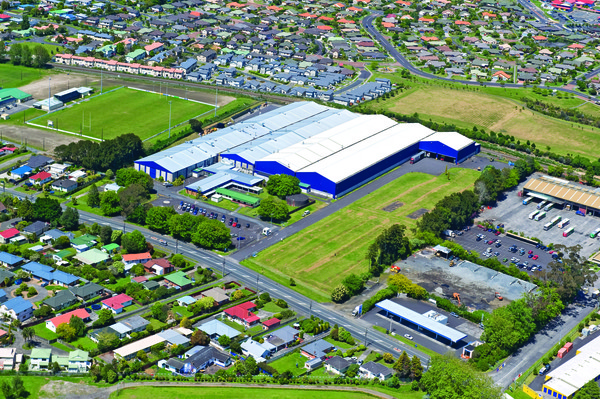Approval sought to expand greater Auckland's city-fringes

Property developers in Auckland are eagerly waiting for the new Super City council to unveil its strategic plans for industrial building locations across the region.
With the new Super City taking a ‘bigger picture’ view of the city’s ever-expanding boundaries, developers are hoping that the new council will look to city-fringe sites for building opportunities…. particularly factories, shops, and warehousing.
Bayleys national commercial and industrial general manager Chris Bayley said one of the big issues for the property market under the previous two-tier council strategy -encompassing the various city councils, in conjunction with the Auckland Regional Council - was the shortage of business zoned land within existing boundaries.
Chris Bayley said the bureaucratic hurdles to land development were further exacerbated by a reluctance from the Auckland Regional Council to extend the Metropolitan Urban Limit (MUL) to open up new greenfields areas for business and residential development.
“While the ARC had good intentions in terms of endeavouring to contain Auckland’s urban sprawl, its policy of encouraging more intensive brownfield development in centralised areas with good access to public transport did not work that well for business,” Mr Bayley said.
“The reluctance to zone new land for business development means that there is now very little land left on which businesses can have premises developed which suit their particular requirements, and can cater for their future growth.
“An imbalance between demand and supply pushed the price of land in popular industrial areas up to the point where it was no longer affordable for a number of businesses with basic warehousing or factory requirements. They have to head north to areas such as Silverdale - or even Ruakaka - or look south of Auckland.
“The prolonged economic downturn has taken some of the pressure off in the short-term, and there has been little demand for business land over the past two years which has meant prices have fallen substantially. However, once the economic recovery gathers momentum and demand picks up, the shortage of land is likely to quickly become an issue again.
“In Bayleys’ view, unless the news super city addresses this and provides more growth areas for businesses - particularly those requiring industrial land - then the next industrial suburb of Auckland could well be Hamilton, which has good quality affordable land and much improved road access from Auckland.
“The Auckland region’s population growth is also forecast to continue to charge ahead and these additional people will need jobs. Businesses create jobs and they need an adequate, affordable supply of land from which to operate.”
Chris Bayley hoped that the Super City structure would also remove inconsistencies and differences of approaches that existed between the different territorial councils in areas such as development levies and reserve contributions as well as interpretations of the Resource Management Act.
“The comment we get time and time again from clients is that the development consent process has become complicated and convoluted – taking a long time to get anything approved. They will no doubt be hoping this will improve under the new Super City structure.”
